Harness the Sun: How Passive Heating Can Lower Your Energy Bills and Increase Comfort
Looking for ways to cut down on your heating costs while keeping your space cosy? Passive heating might be the solution. It’s a natural, cost-effective approach that uses the sun’s energy to warm your home or business without the need for expensive heating systems. By making small adjustments, such as installing the right window coverings or improving insulation, you can reduce energy consumption and enjoy a more comfortable indoor environment.
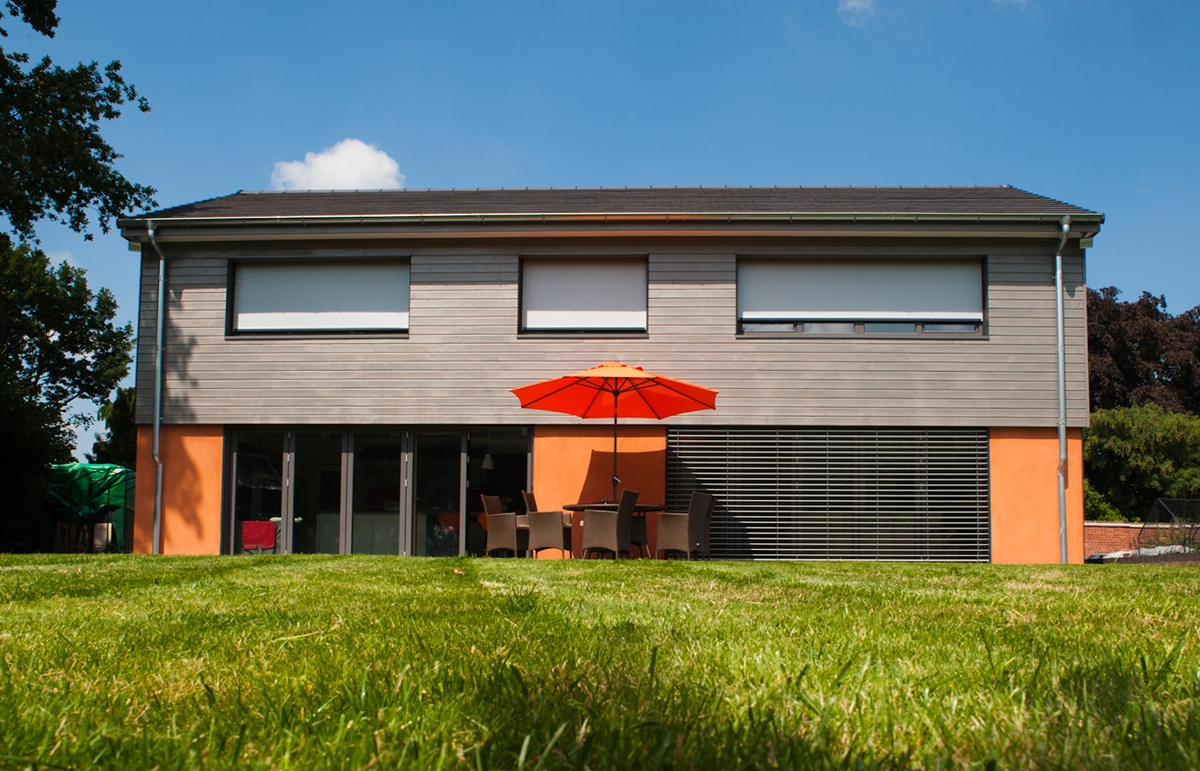
Read on to discover how passive heating works and how James Robertshaw’s bespoke products can help you achieve it.
What is Passive Heating and Why Should You Care?
Passive heating is an incredibly cost-effective way to keep your home or business warm without relying on expensive heating systems. Instead of using electricity or gas to power radiators or underfloor heating, passive heating takes advantage of natural sunlight. By cleverly designing or adapting your space, you can harness the sun’s energy to heat your building, meaning lower energy bills and a more comfortable living space.
Think of it like this: the sun provides free heat. By making small adjustments to your home’s design—like ensuring windows let in enough sunlight, using the right materials, and keeping the heat from escaping—you can use that heat to stay warm during the colder months.
The Cost Factor
Let’s get to the main reason anyone would consider passive heating—saving money. In the UK, heating can account for around 60% of your energy bills. With energy prices remaining high, finding ways to reduce these costs is a priority for many. Passive heating cuts down on the need for conventional heating systems, meaning less reliance on electricity, gas, or oil. And with electricity prices nearly four times higher than gas in the UK, it’s no wonder people are looking for alternatives.
The savings can be significant. For example, in homes designed to maximise passive heating, heating demand can be up to 60% lower compared to standard buildings. Even small changes to your current home—like improving insulation, upgrading windows, or using certain materials—can help you cut your energy use and bills.
The Comfort Factor
Beyond saving money, passive heating also makes your home more comfortable. With the right design elements, passive heating can help keep the indoor temperature steady throughout the day. It works by soaking up heat during the day when the sun is shining, and then releasing it slowly at night. So, rather than dealing with chilly rooms in the morning or needing to crank the thermostat up at night, passive heating helps maintain a more consistent and cosy temperature.
This is especially important in homes that struggle with cold drafts or rooms that quickly cool down once the sun sets. By using thermal mass (materials that store heat, like brick, stone, or concrete) and proper insulation, you can create a space that naturally stays warmer for longer without constantly running the heating.
Six Ways to Maximise Passive Heating in Your Home or Business
Passive heating is a smart way to reduce heating costs and stay comfortable throughout the colder months. By making the most of sunlight and the natural heat it provides, you can keep your home or business warm without relying so heavily on central heating systems. The best part? With a few simple adjustments, like using thermal blinds, awnings, or heavy materials to retain heat, you can start seeing savings on your energy bills while enjoying a cosier space. Here’s how you can make passive heating work for you.
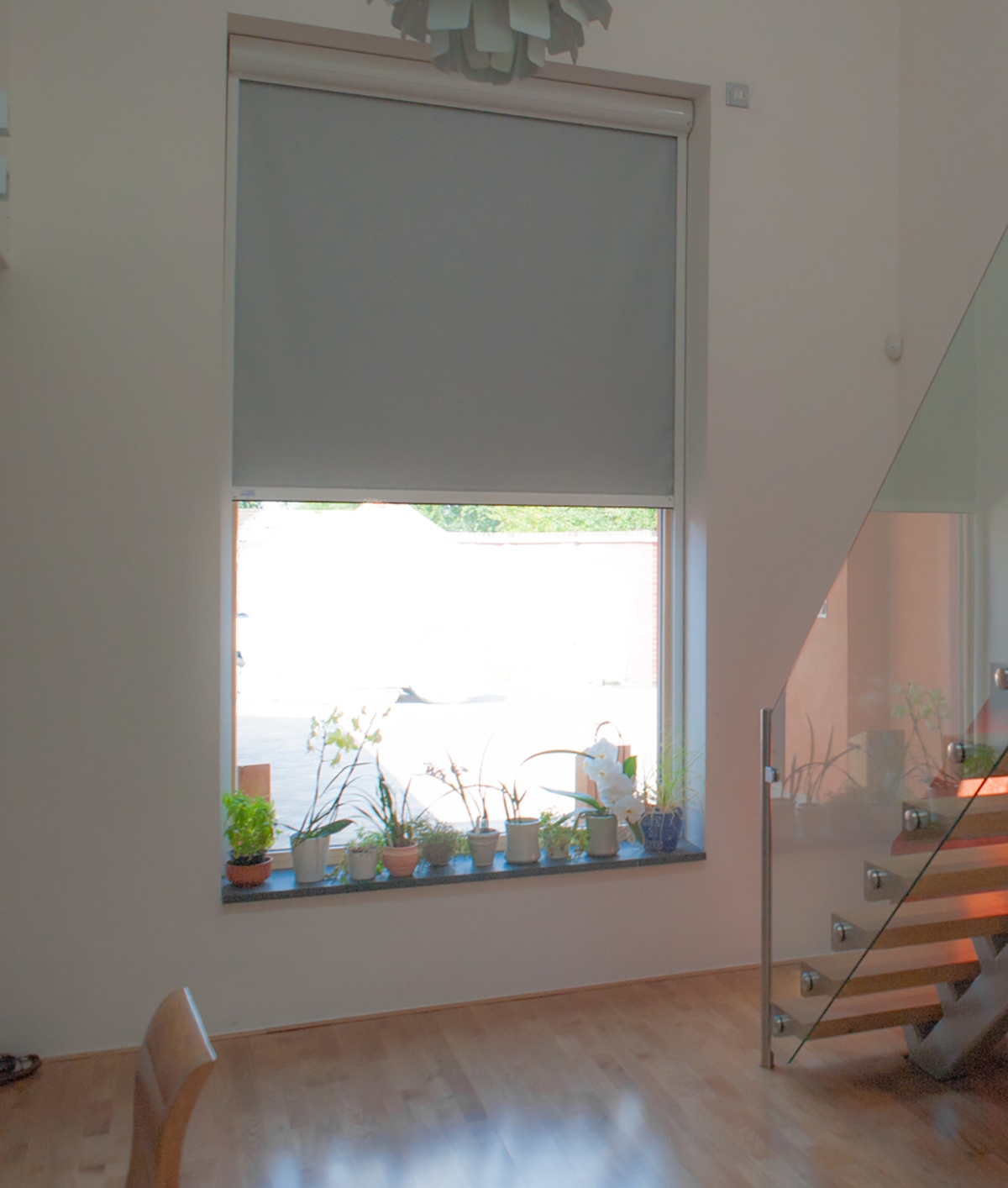
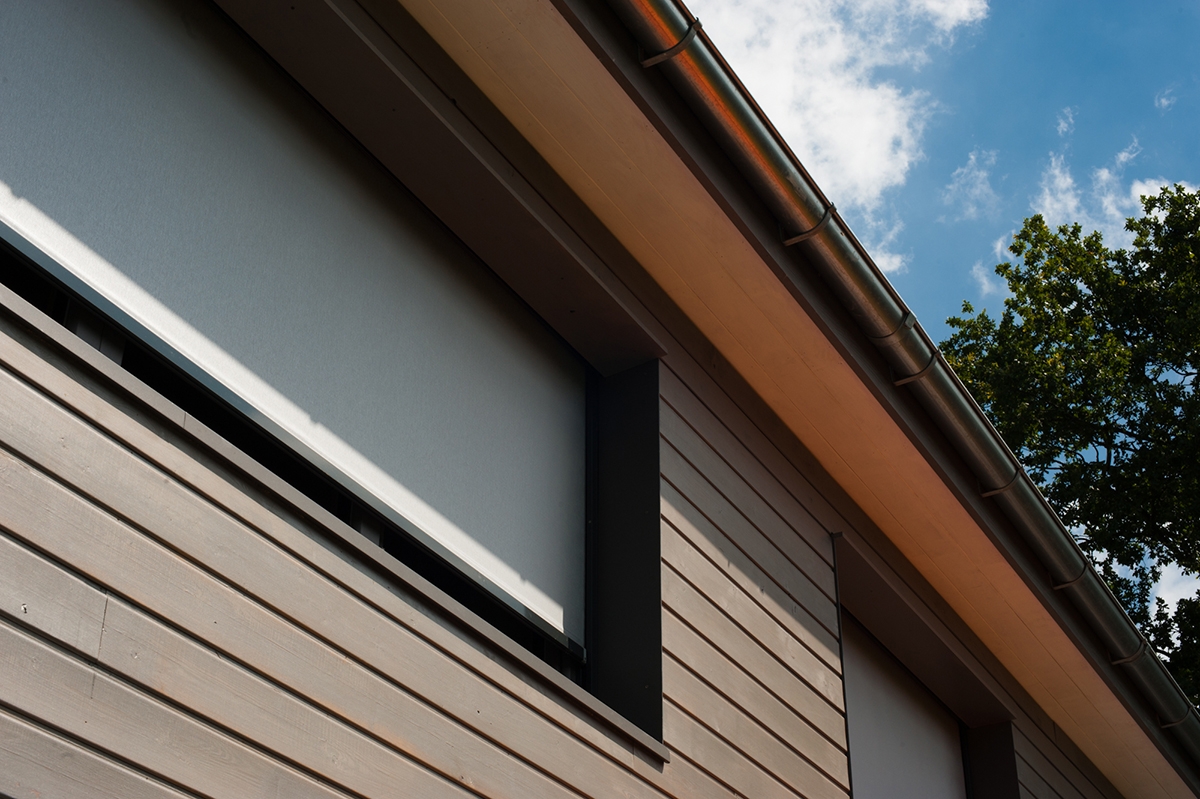
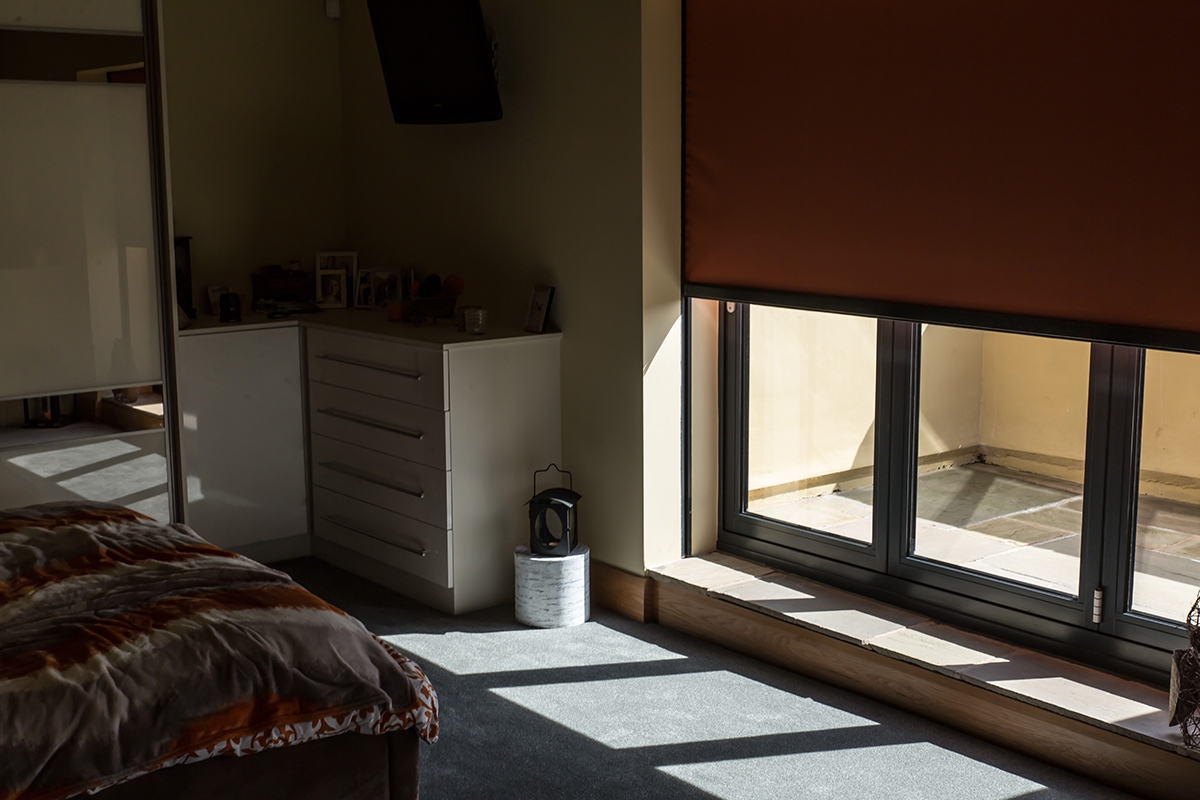
1. Let the Sun In (Orientation and Solar Access)
If your windows face south (in the UK), you’re in the perfect spot for passive heating, as they’ll catch the most sunlight during the winter months. But even if your windows don’t face south, you can still maximise sunlight by keeping windows clear of obstructions like furniture or heavy curtains during the day. You could even consider rearranging your space to ensure your largest windows aren’t blocked by bulky furniture. In a business setting, large, clear windows in the break area or conference rooms can capture more sun, reducing the need for heating during work hours.
2. Use Heavy Materials (Thermal Mass)
Materials like brick, stone, or even concrete are excellent at absorbing heat from sunlight during the day and releasing it slowly at night. If you have any exposed brick walls or concrete floors, these could act as “heat stores” that help keep your home warm even after the sun goes down. You can also add furniture made from heavy, dense materials, like solid wood tables or stone-topped counters. In a business environment, consider using materials like concrete countertops or stone fixtures in sun-exposed areas to help retain heat.
3. Keep the Heat In (Insulation and Draught-Proofing)
Good insulation is crucial for passive heating because it helps trap the heat your home absorbs from the sun. Adding insulation to your walls, attic, and floors can drastically reduce heat loss. Another simple fix is draught-proofing—sealing up gaps around doors, windows, and skirting boards to prevent cold air from sneaking in. Businesses can benefit from heavy-duty blinds or awnings that not only keep the heat inside but also stop cold air from seeping through gaps in window frames.
4. Smart Window Coverings (Glazing)
In the UK, windows are a common source of heat loss. If double or triple glazing is out of your budget, James Robertshaw’s thermal blinds or insulated curtains offer a cost-effective alternative. These products add an extra layer of insulation over your windows, keeping the heat in during the colder months. You could program blinds to close automatically as the sun sets to trap the heat in, reducing the need for artificial heating at night.
5. Control the Sun’s Impact (Shading)
While sunlight is fantastic in winter, it can lead to overheating in the summer. James Robertshaw offers awnings and external blinds that help control how much sunlight enters your home or business. In the winter, keep these shading solutions retracted to let in as much sunlight as possible, but during the summer, use them to prevent overheating, which could save on cooling costs. For businesses, awnings can provide both shade and energy savings by controlling light exposure.
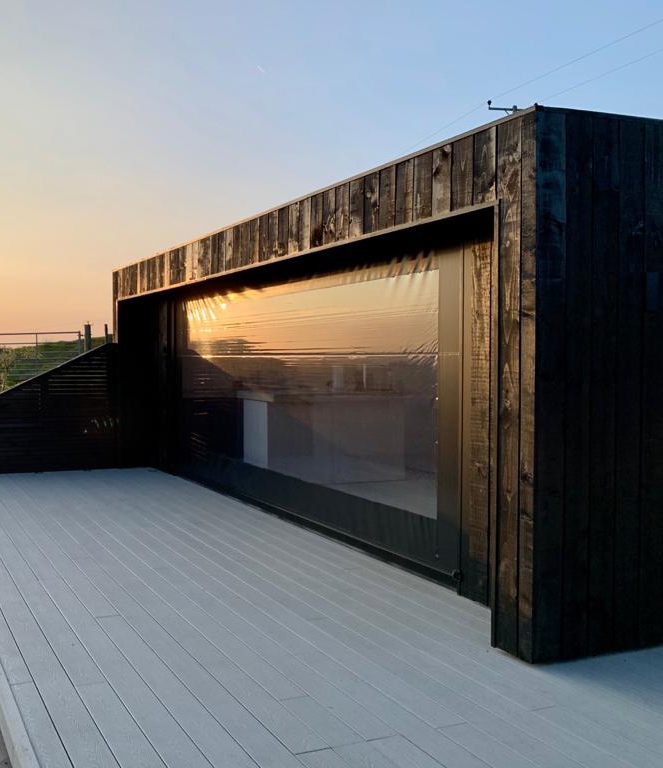
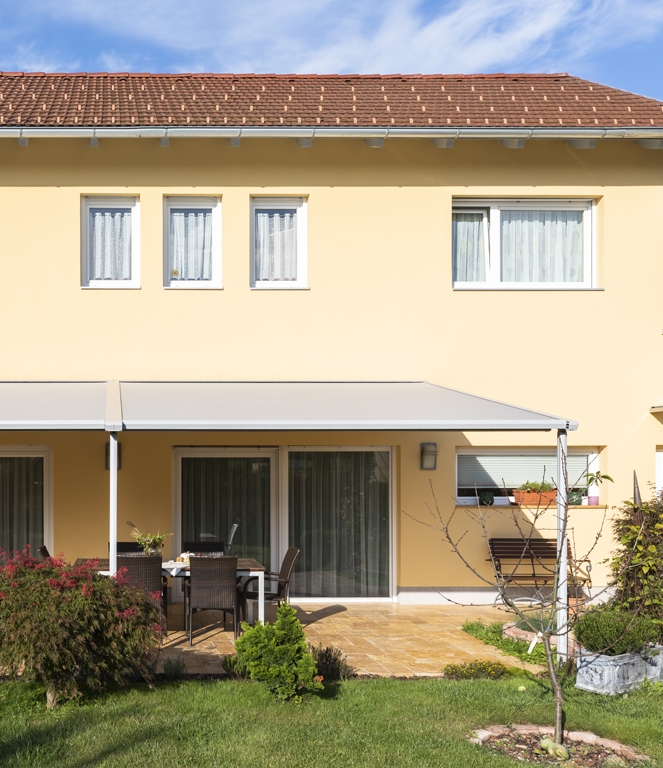
6. Keep It Fresh Without Losing Heat (Ventilation)
Good ventilation is essential for indoor comfort, but it’s important not to lose all the heat you’ve built up. In winter, opt for natural ventilation during the warmest part of the day by briefly opening windows to let in fresh air, then close them quickly to trap the heat. In modern homes or businesses, automated blinds from James Robertshaw could be programmed to open and close at optimal times for ventilation while maintaining indoor warmth.
How James Robertshaw Can Help Improve Your Passive Heating
At James Robertshaw, we offer a range of high-quality, customisable products that can help you enhance passive heating in your home or business. By choosing the right window treatments and shading solutions, you’ll be able to maximise the warmth your space receives from the sun and keep that heat inside, leading to lower heating bills and greater comfort.
Here are three products that could make a big difference for you.
Thermal Roller Blinds
Our thermal roller blinds are designed to help regulate the temperature in your home or business by reducing heat loss during the colder months. These blinds are made from high-performance fabrics that trap warm air inside, preventing heat from escaping through your windows. Each set of blinds is custom-made to fit your windows perfectly, giving you better insulation and energy savings.
You’ll notice your space stays warmer throughout the day, meaning less reliance on your heating system. These blinds are particularly effective in larger areas like living rooms or offices with big windows that can lose a lot of heat. Plus, you can choose from a variety of fabrics and designs to match your décor.
Automated Blinds
If you’re looking for the ultimate in energy efficiency and convenience, our automated curtains might be the perfect solution. These smart curtains (or blinds!) can be programmed to open and close at specific times of the day, making sure you capture as much sunlight as possible during the day and trap heat in at night. You won’t have to worry about adjusting them manually, as they can be synced with your smart home system to respond to temperature changes or sunlight levels automatically.
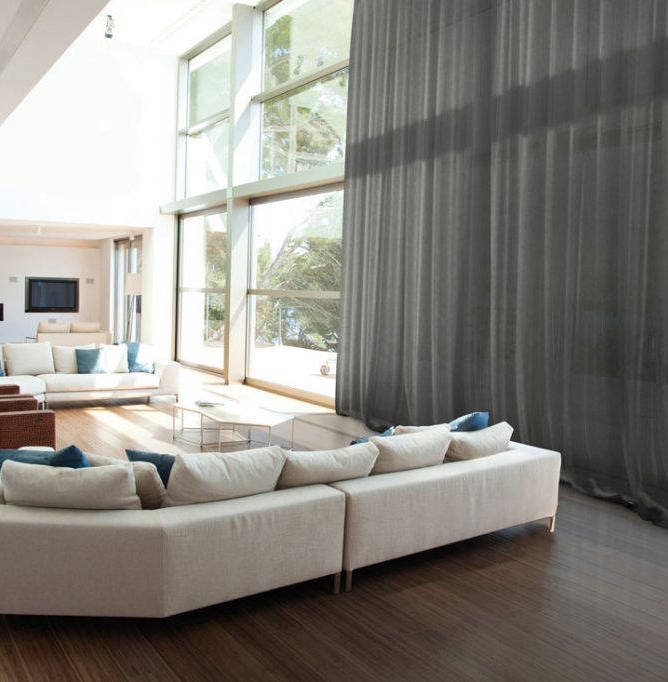
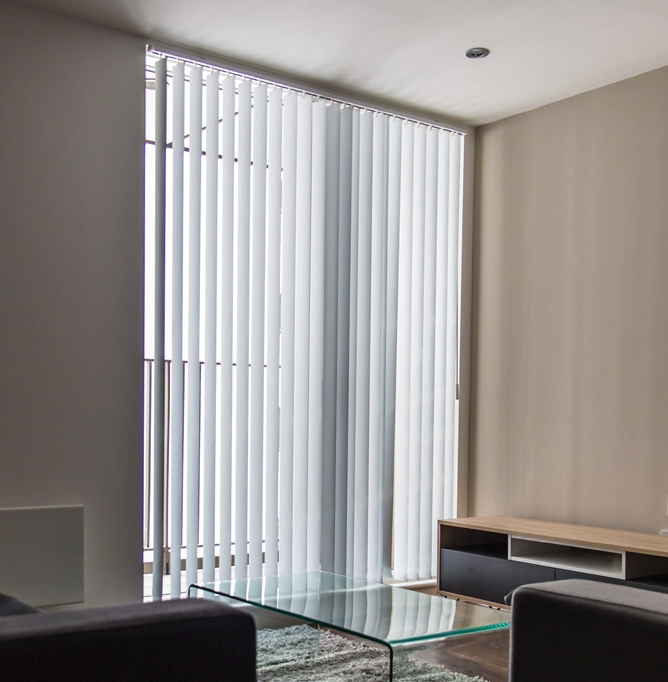
This is a great option if you have a larger home or business where managing window coverings can be time-consuming. By letting the smart home system do the work for you, you’ll keep your space more comfortable without lifting a finger.
Awnings and External Blinds
Our range of awnings and external blinds offers a versatile way to manage sunlight throughout the year. During the winter, you can retract your awnings to let the sun in, warming up your space naturally. In the summer, you can extend them to keep out the intense heat, saving on cooling costs. Our external roller blinds provide additional insulation by blocking drafts and reducing heat loss through your windows.

All of our awnings and blinds are custom-made, ensuring they fit perfectly and perform efficiently. Whether it’s a folding arm awning for your terrace or external blinds for your office windows, we can help you find the right solution to suit your needs.
Why Choose Us?
At James Robertshaw, we pride ourselves on providing high-quality, bespoke solutions that are designed to improve energy efficiency and increase comfort in your home or business. Our products are crafted to your specifications, ensuring the perfect fit and maximum performance. With over 160 years of experience, you can trust us to help you stay warm, save on energy costs, and enjoy a more comfortable space year-round.
Frequently Asked Questions
What is passive heating, and how does it work?
Passive heating uses sunlight to warm your home without the need for powered heating systems. By strategically placing windows and using materials that absorb heat (like brick or concrete), homes can capture heat during the day and slowly release it at night. This reduces reliance on radiators or electric heaters, saving energy costs.
How does passive heating reduce energy bills?
By capturing free heat from the sun, passive heating reduces the need for conventional heating methods, which often account for 60% of energy bills in the UK. Properly designed homes can lower their heating demand by up to 60%, leading to significant savings, especially during colder months.
What types of blinds are best for passive heating?
Thermal blinds, like those from James Robertshaw, are ideal for passive heating. These blinds insulate your windows, preventing heat loss at night while trapping warmth indoors. Automated blinds can also adjust throughout the day to maximise heat gain and retention.
Can passive heating work in any home?
Yes, passive heating can be applied to nearly any home, though it works best in buildings that are well-insulated and have south-facing windows. If your windows don't face south, you can still benefit by making smaller adjustments, like using heavy materials and upgrading your window treatments.
What products from James Robertshaw help with passive heating?
James Robertshaw offers custom thermal roller blinds, automated blinds, and external awnings, all of which enhance passive heating by controlling sunlight and trapping warmth indoors. These bespoke solutions are tailored to fit your specific windows and space, improving both energy efficiency and comfort.

